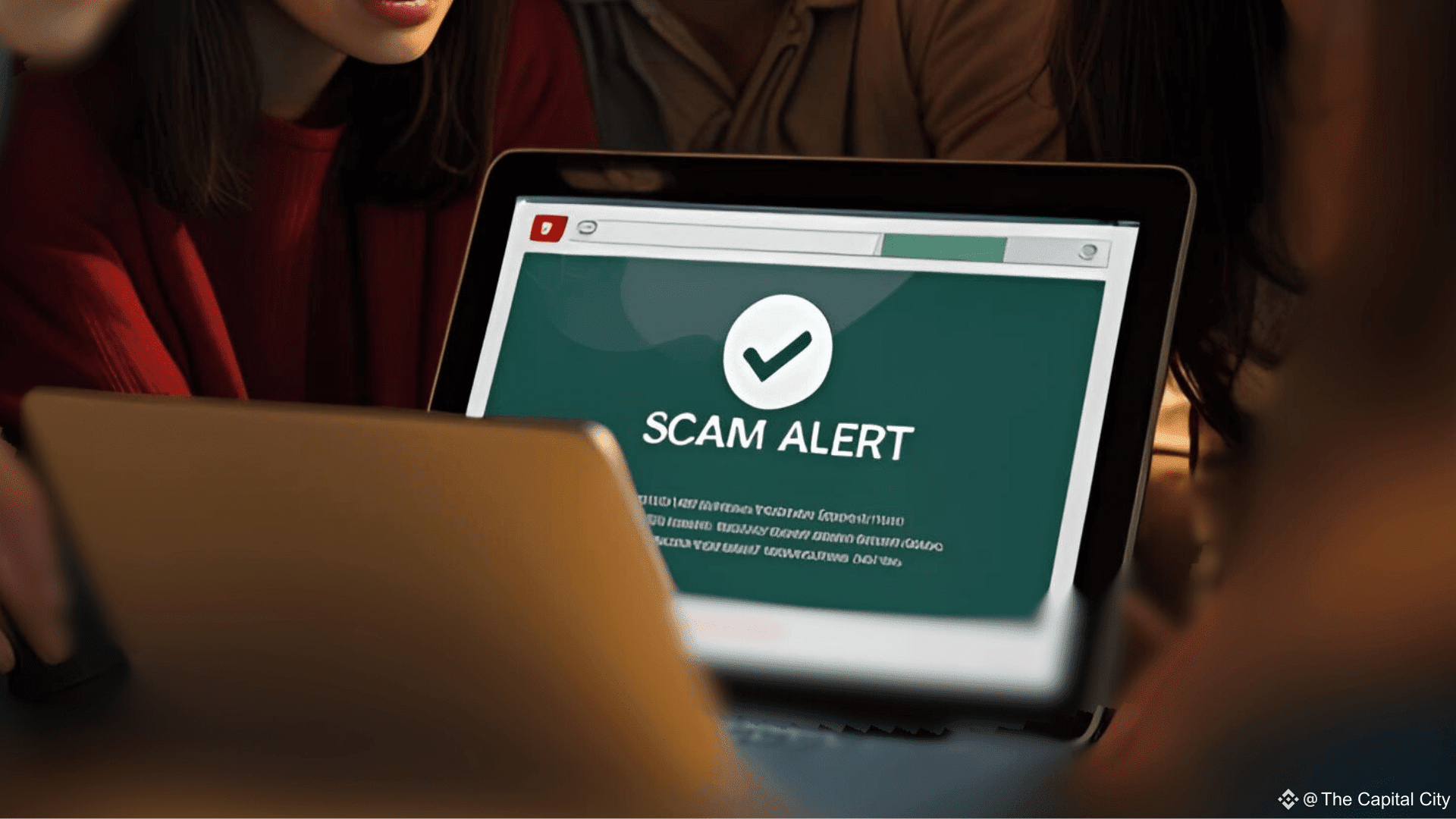
As the crypto space continues to grow, so do the number of fraudulent projects disguised as innovative solutions. From fake exchanges to flashy Ponzi schemes, many unsuspecting users fall victim to scams promising unrealistic returns. If you're new to crypto or even an experienced investor, knowing how to spot a financial pyramid from a legitimate project is essential.
Here’s a comprehensive guide to help you avoid crypto scams and protect your assets.
🚨 What Is a Ponzi Scheme?
A Ponzi scheme is a type of investment fraud where returns are paid to earlier investors using the capital of newer participants rather than actual profits. These schemes collapse when there are no new investors left to sustain payouts.
Common characteristics include:
Promises of guaranteed high returns with low or no risk
Lack of transparency in how funds are used
No real product or service
Aggressive referral programs or commission-based structures
✅ Key Differences Between a Legit Project and a Scam
Feature Legit Project Scam/Ponzi Scheme
Transparency Clear whitepaper, team info, roadmap Vague or missing details
Returns Market-driven, not guaranteed “Fixed” daily/weekly profits
Use Case Real-world application or utility Buzzwords with no clear value
Team Verifiable team with public profiles Anonymous or fake identities
Smart Contracts Open-source and audited Closed or no code available
Listing Listed on reputable exchanges Only available via internal platform
🔍 Red Flags to Watch Out For
Too-good-to-be-true returns
“Earn 3% per day, forever” is mathematically unsustainable. Legitimate investments fluctuate.
No working product
If there’s no demo, beta, or MVP but heavy marketing, be cautious.
No audits or third-party reviews
Audits by reputable firms like Certik, Hacken, or OpenZeppelin are essential.
Anonymous team
No LinkedIn profiles or unverifiable names are major red flags.
Referral-based profit model
If earnings come mostly from recruiting new members, it's likely a pyramid.
Pressure tactics
Scams often use FOMO (fear of missing out), countdown timers, or fake testimonials to force quick action.
🧰 Useful Tools to Verify Crypto Projects
Here are some trusted platforms that help verify the legitimacy of a project:
CoinMarketCap
Check price history, market cap, and whether the project is listed on known exchanges.
CoinGecko
Provides a comprehensive overview of a project's tokenomics, social presence, and developer activity.
DeFiLlama
For DeFi projects, this tracks total value locked (TVL) and protocol health.
DappRadar
Helps evaluate real user activity on decentralized apps.
Etherscan (or BscScan for BNB Chain)
Use to inspect smart contracts, wallet movements, and holders.
RugDoc
Focused on detecting rug pulls in new DeFi launches.
Crypto ScamDB
An open-source database of known scam domains.
CertiK Skynet
Real-time security scores and audits for blockchain projects.
🧠 Real-World Examples
BitConnect (2017): Promised insane returns (up to 40% per month) and used aggressive referral marketing. It collapsed, causing billions in losses.
Forsage (2020): A smart contract-based pyramid scheme banned in multiple countries.
PlusToken (2019): Claimed to be a wallet offering passive income. Turned out to be a $2 billion scam.
Each of these had red flags: anonymous teams, no real utility, and an unsustainable profit model.
📘 How to Research Before Investing
Here’s a quick checklist before putting money into any project:
Google the project + “scam” or “review”
Look up team members on LinkedIn
Check Reddit, X (Twitter), and Telegram discussions
Use tools like TokenSniffer or SmartCheck for contract audits
Ask yourself: “Would this business model work without constant new investors?”
If the answer is no—it’s probably a scam.
🛡️ How Binance Helps Protect Users
Binance regularly delists suspicious tokens, supports project due diligence, and provides educational content via Binance Academy. Always use trusted platforms and be cautious of off-platform “investment opportunities.”
If you're unsure, stay on Binance or other top-tier exchanges with strong compliance frameworks.
✍ Final Thoughts
The crypto industry is full of opportunity—but also risk. Scammers thrive in areas where knowledge is low and greed is high. Stay educated, stay skeptical, and always do your own research (DYOR).
When in doubt, remember:
“If it sounds too good to be true, it probably is.”